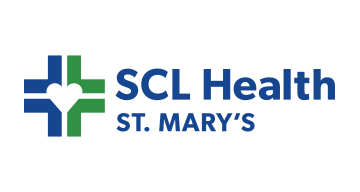

At Hartford HealthCare, nurse leaders are laying the groundwork for smarter, more sustainable infusion staffing. With increasing patient volumes and ongoing staffing challenges, the need to better align nurse schedules with actual demand has never been more critical.
In this session, Clinic Operations Managers, Amanda Carbray and Betsy Hlavac, will share how their infusion centers are leveraging iQueue’s Workforce Optimization—a data-backed solution that recommends shift patterns based on historical patient flow. Attendees will learn how Hartford is:
This session offers a transparent look at rethinking staffing models, from building consensus to designing a more predictable and balanced scheduling approach.








Take the first step towards unlocking capacity, generating ROI, and increasing patient access.